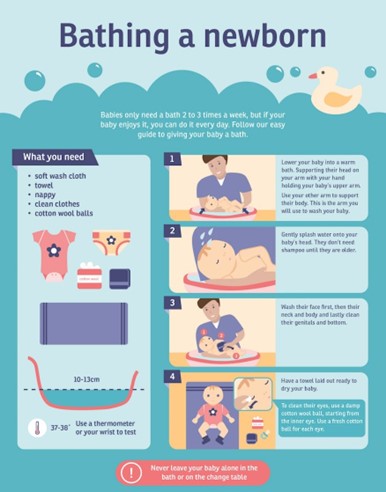A nurse is assisting with the plan of care for a client who has burns to his lower extremities.
Which of the following actions should the nurse include in the plan?
Use hydrogen peroxide for wound cleaning.
Perform dressing changes every other day.
Cleanse the most contaminated wounds first,
Apply dressings with sterile gloves.
The Correct Answer is D
A. Using hydrogen peroxide for wound cleaning is not recommended as it can cause tissue damage and delay healing.
B. Burn dressings should typically be changed more frequently, often at least once per day, depending on the type and severity of the burn and the type of dressing used. Delaying dressing changes could increase the risk of infection.
C. In wound care, the nurse should cleanse the least contaminated wounds first to prevent spreading microorganisms from more contaminated areas to cleaner areas. This reduces the risk of cross-contamination and infection. For burns, starting with the cleanest areas ensures a safer wound management process.
D. Applying dressings with sterile gloves is essential to maintain a sterile environment and reduce the risk of infection, especially in clients with burns who are at high risk for infection due to compromised skin integrity.
Nursing Test Bank
Naxlex Comprehensive Predictor Exams
Related Questions
Correct Answer is C
Explanation
Sponge baths are recommended until the umbilical cord stump falls off, which typically occurs within the first two weeks of life. After that, the baby can be immersed in water for a regular bath. Using talcum powder is not recommended as it can be harmful to the baby's respiratory system if inhaled. Mild, pH-balanced soap should be used instead of alkaline soap to avoid irritating the baby's delicate skin. The bathwater temperature should be around 98 degrees Fahrenheit and not hoter than 100 degrees Fahrenheit to prevent burns.

Correct Answer is C
Explanation
Iron supplementation commonly causes constipation, which is due to the iron's effect of slowing down bowel movements and increasing water absorption in the intestines.
Dry mouth is not a common adverse effect of iron supplementation. It is more commonly associated with medications that can cause xerostomia (dry mouth), such as certain antihistamines or anticholinergic drugs.
Tinnitus, a perception of ringing or noise in the ears, is not typically associated with iron supplementation. Tinnitus can be caused by various factors, such as exposure to loud noises, ear infections, or certain medications, but it is not directly related to iron supplementation.
Hematuria, the presence of blood in the urine, is not a common adverse effect of iron supplementation. It can be caused by various conditions affecting the urinary system, such as urinary tract infections, kidney stones, or bladder issues, but it is not directly related to iron supplementation.

Whether you are a student looking to ace your exams or a practicing nurse seeking to enhance your expertise , our nursing education contents will empower you with the confidence and competence to make a difference in the lives of patients and become a respected leader in the healthcare field.
Visit Naxlex, invest in your future and unlock endless possibilities with our unparalleled nursing education contents today
Report Wrong Answer on the Current Question
Do you disagree with the answer? If yes, what is your expected answer? Explain.
Kindly be descriptive with the issue you are facing.
